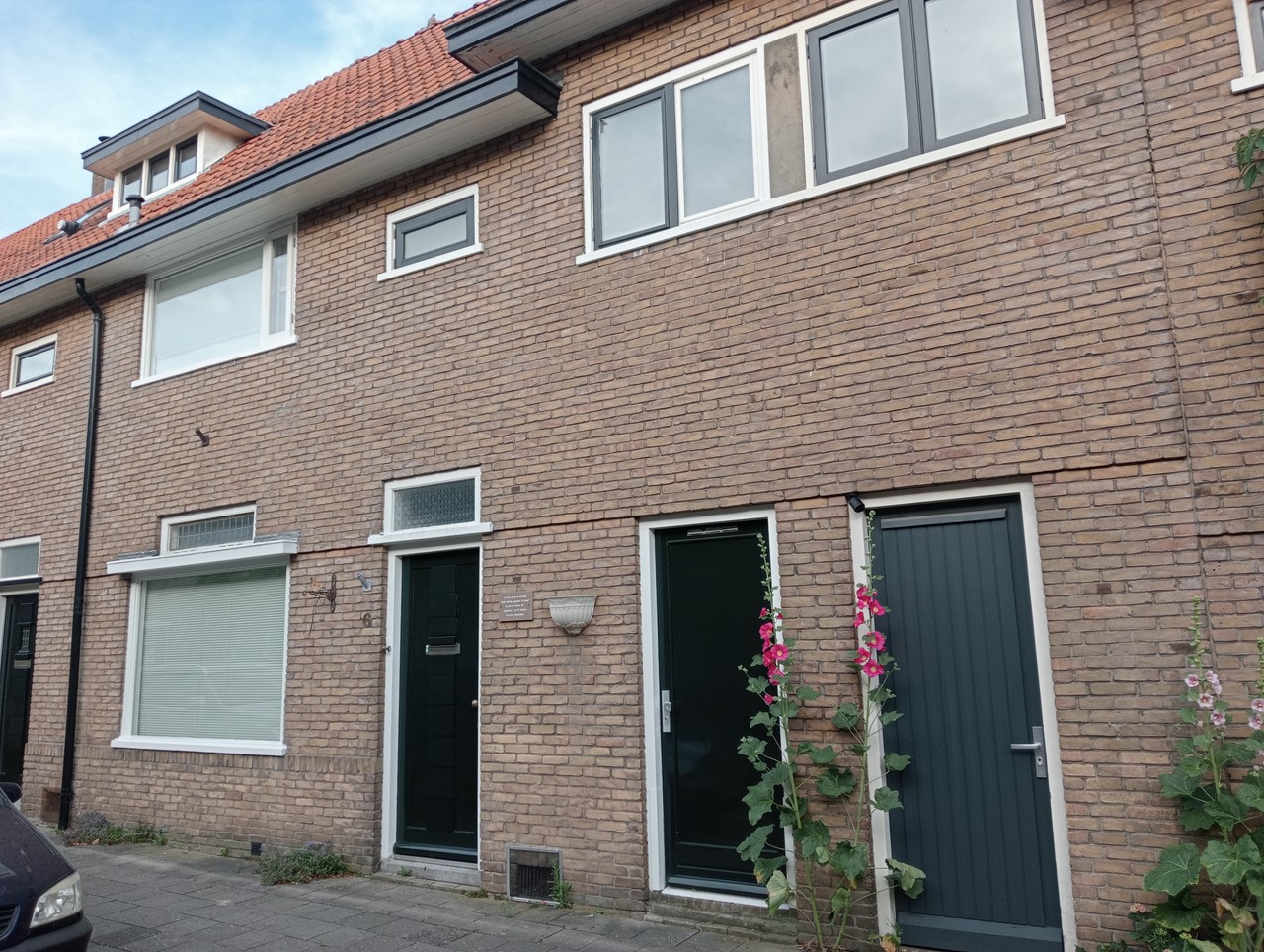Henk Beernink (1910–1945) was a telegraph operator for the railways and lived at Harculostraat 6 in Zwolle. Known as a social and approachable person, Beernink often had visitors, and starting in 1942, this led to the formation of a resistance group under his leadership. The group, named “De Groene”, engaged in various illegal activities such as helping people in hiding, forging documents, carrying out sabotage missions, and transporting weapons. From the summer of 1944 onwards, armed resistance increased as members anticipated the liberation of the Netherlands. They also supported the Allied forces by assisting downed pilots and sending intelligence on German troop movements to England.
Henk Beernink did not survive the war. In the year of liberation, 1945, he was fatally shot. On 8 February 1945, a meeting was scheduled at the Roman Catholic Hospital on Groot Wezenland, close to Beernink’s home. The group often met there and operated a radio transmitter used to communicate with England. Unfortunately, the group had been discovered or betrayed. That day, the Sicherheitsdienst (SD) surrounded the hospital. In the ensuing firefight, Beernink was shot and killed.
For his bravery and resistance efforts, Beernink was posthumously awarded the Dutch Resistance Cross. After the liberation, the city honored him by renaming Harculostraat to Beerninkstraat.
